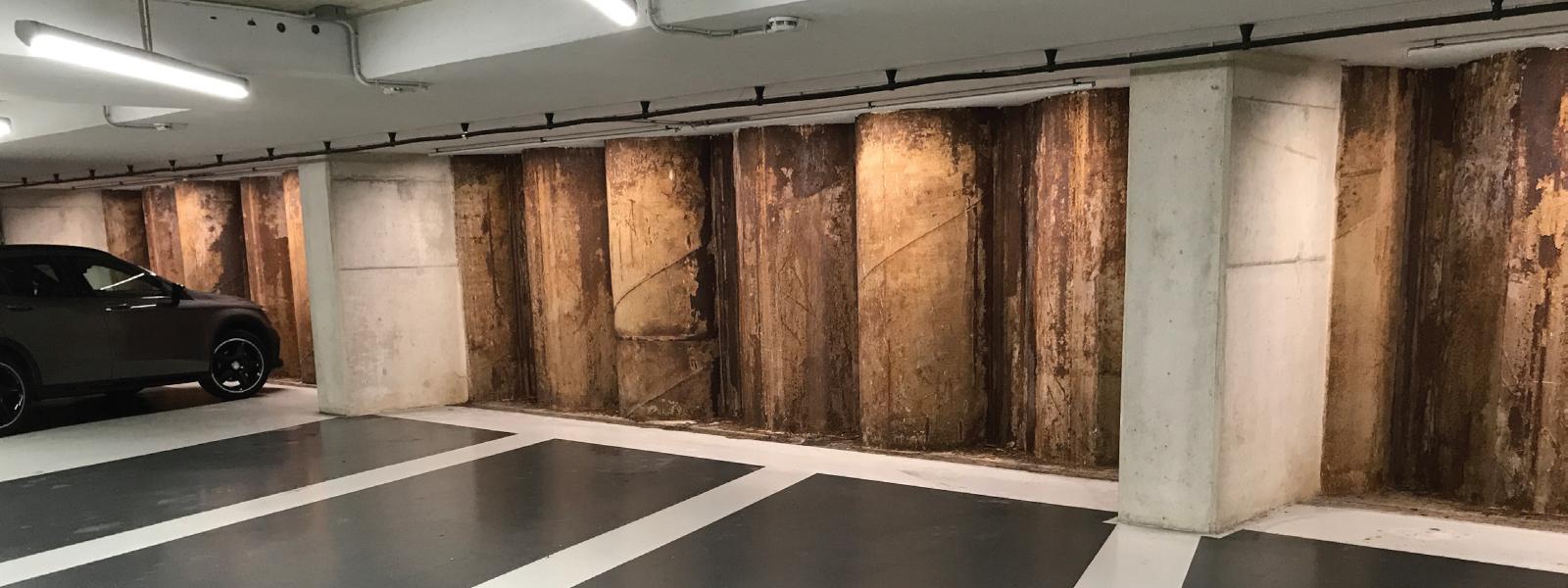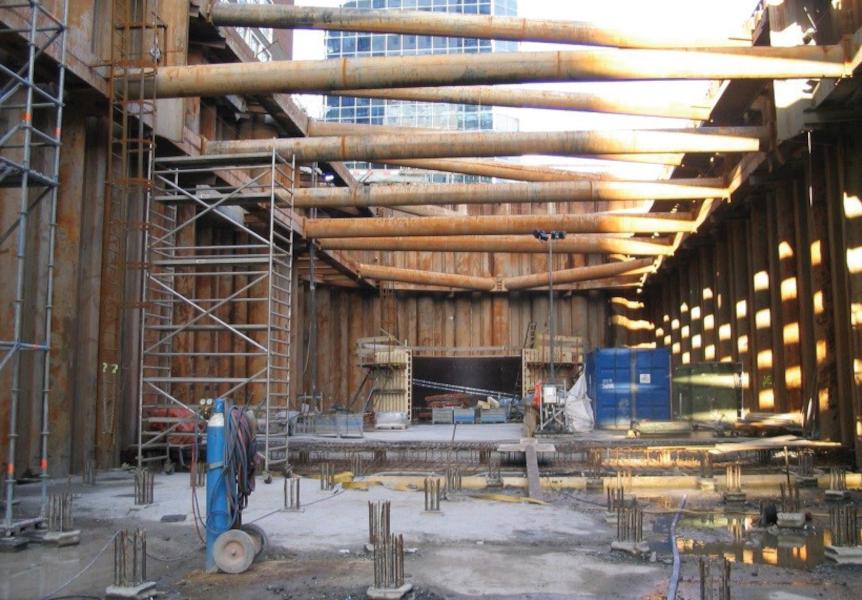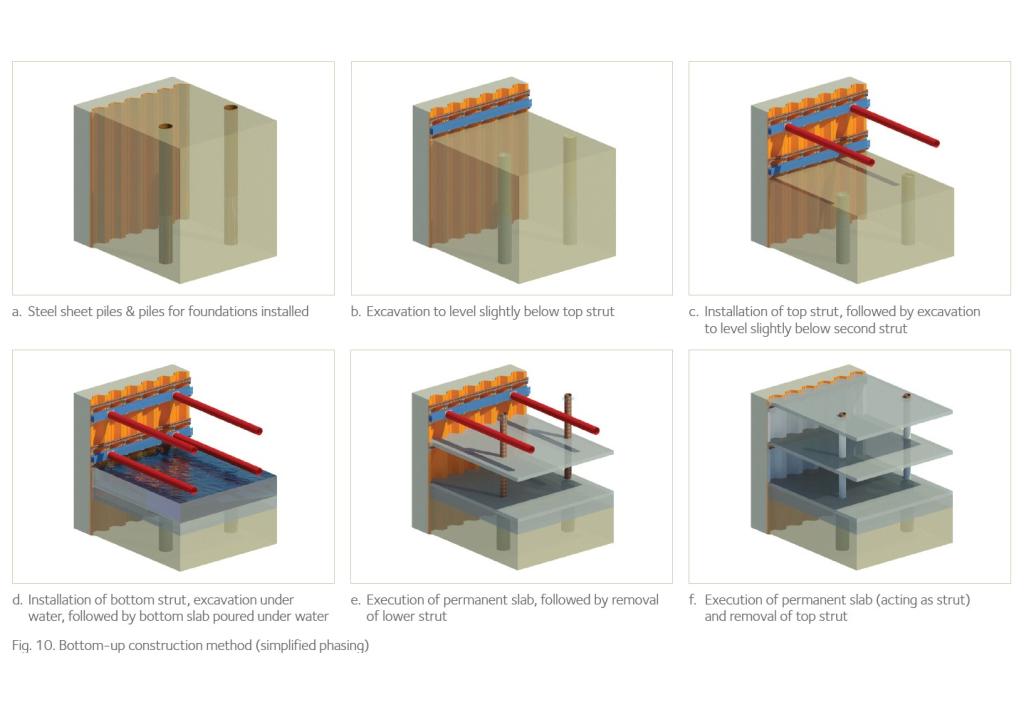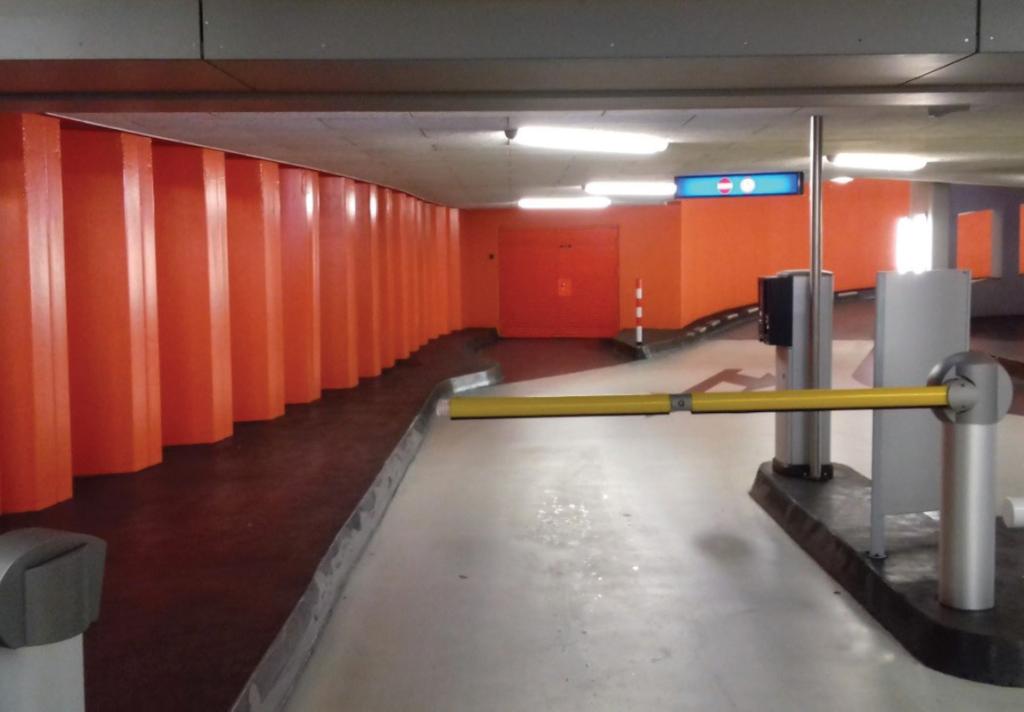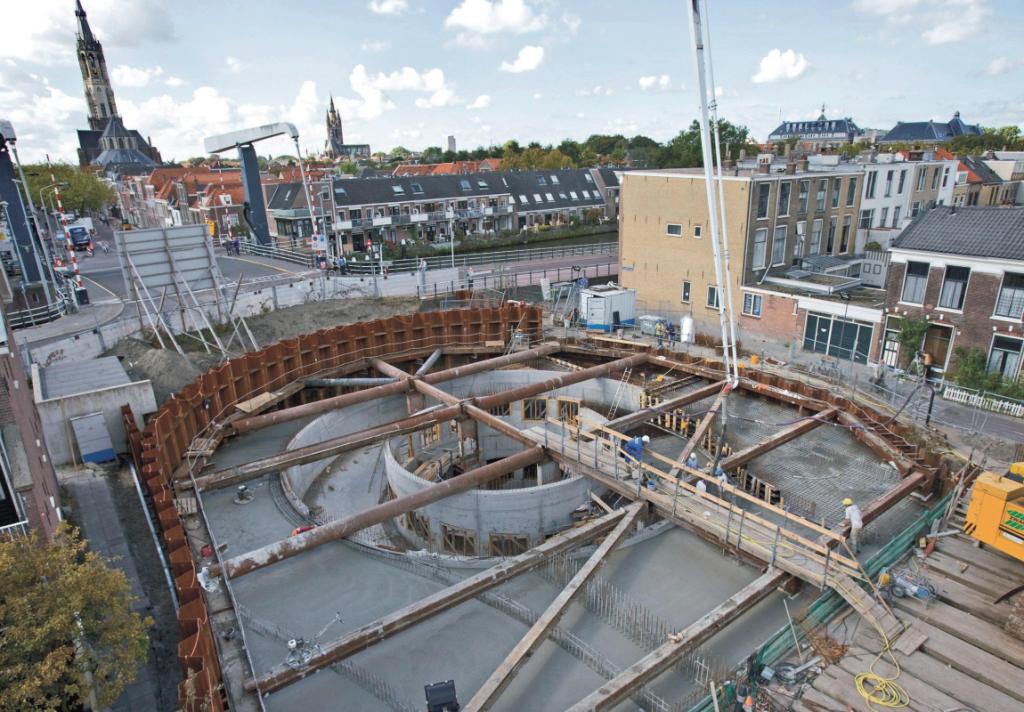Underground car parks. Guide Book for The Netherlands - 2018
Comprehensive Design and Construction Strategies
Over the last decades, cities have grown significantly. The consequence is a higher building density, and the scarcity of space on the surface. Although a change of mindset is taking place, in many European cities, mobility still relies predominantly on individual cars and its inherent problem: parking spots. Clearly, residents prefer public spaces, such as parks, over parking areas, so that underground car parks (UCP) in urban areas seem the perfect solution.
ArcelorMittal Sheet Piles contracted the renowned consulting engineering company Royal Haskoning DHV in the Netherlands to elaborate a guide book on underground car parks, with a special focus on the Dutch habits and customs.
The guide book provides an overview of the common practice in the Netherlands regarding design, installation and permanent application of steel sheet piles for underground car parks.
Download
 English
English
